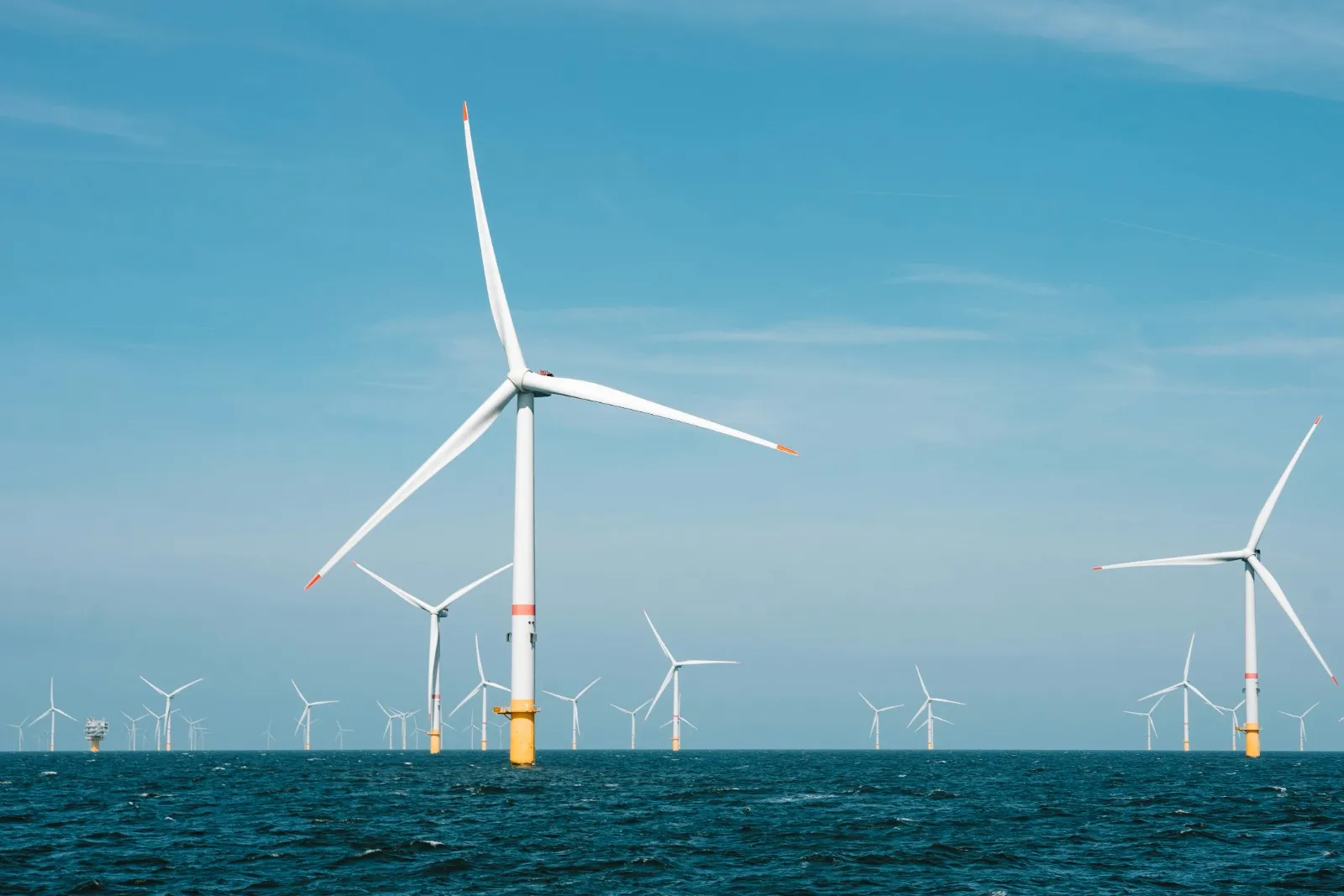Can we bridge the divide between local communities and onshore wind developers?

By Paul Noonan, Lead Copywriter on the Energy and Industrials team.
Renewable energy growth is currently tangled in knots of local planning bureaucracy with onshore wind foundering on fierce opposition from local communities and environmental groups. We need 1200 GW of new renewable capacity each year to reach net zero yet four times more wind energy is bogged down in permitting delays than is being built in Europe alone. Governments are now under growing pressure to fast-track renewable construction by overriding local communities and environmental groups. Yet this could mean rolling back decades of progress in putting local people and the environment at the heart of infrastructure planning.
The top-down approach
In the US, a Bill by Democrat Senator Joe Manchin would significantly weaken state and community influence over energy infrastructure projects, and even allow federal agencies to unilaterally decide the route of new power lines. And in the UK, Opposition leader Sir Keir Starmer has similarly pledged to rip up red tape and reduce onshore wind planning processes from years to months, warning that “If that choice means some communities adapting to a new landscape….I will not hesitate to make it.” MPs are also calling for larger onshore wind projects to be designated Nationally Significant Infrastructure Projects (NSIPs) so they can be approved by the Business Secretary without local consent. This is known as the Decide-Announce-Defend approach to infrastructure planning where authorities seek forgiveness instead of permission.
Yet research shows this technocratic, top-down approach hardens local opposition to renewable development and erodes the public support that will be vital to the energy transition. Major wind projects have previously failed because developers shunned local groups, and attempts to centralise onshore wind planning in the UK face similarly stiff opposition from communities and countryside charities such as the CPRE.
Opponents are often portrayed as nimbyist obstructionists fighting to preserve property prices at the expense of the planet. Yet this ignores legitimate public concerns that local ecology is being sacrificed to national net zero policy, that the costs of renewable construction fall disproportionately on rural communities and that infrastructure is poorly designed when decisions are taken remotely by people far removed from the consequences. And wind farms can have many negative effects on the local environment, from degrading habitats to damaging biodiversity such as rare bat species.
Democratising wind-farm development
Could there be a third way that accelerates renewable development while protecting the local environment and winning over local people? Democratising and decentralising renewable development would dramatically boost public support for renewables, ensure more of the benefits accrue to affected communities and also create more holistic designs and planning decisions.
These must involve genuinely two-way communications campaigns harnessing local input to create inclusive, balanced infrastructure. For example, public acceptance increases when local people are given the chance to influence wind farm design and this could also help reduce the impact of designs on the local environment. Concerns over blighting scenic views could be alleviated by concealing windfarms within commercial forests. Citizens votes and forums such as the US Joint Transmission Taskforce could bring local people and infrastructure planners together so that decisions consider the broadest range of costs and benefits from local employment to biodiversity.
We could promote more local renewable energy markets and off-grid community-run wind and solar projects, ensuring local communities reap the benefits of nearby renewable development to offset the costs. By relieving pressure on the national grid, this would also reduce excessive demand for new energy and electricity infrastructure.
Communications and democratisation holds the key to uniting developers and communities, creating smart infrastructure that strikes a balance between national priorities and local people and between the global and local environment.

